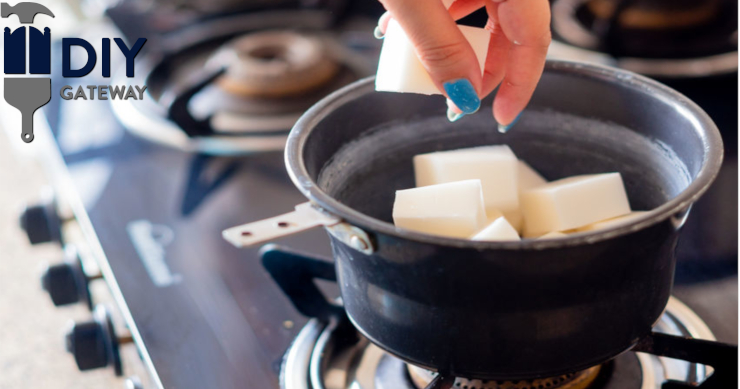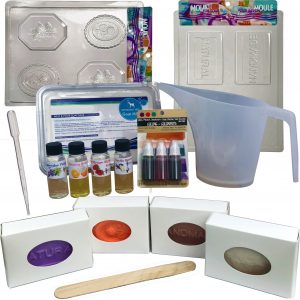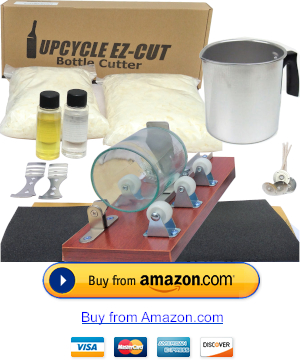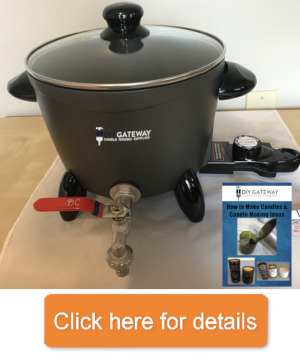There are four main soap making processes that we’d like to go over the pro’s and con’s. Cold soap making has advantages in being able to do custom designs and adding fresh ingredients as we please. The downside is that this process can be dangerous. Melt and pour soap can be nice for beginners but also doesn’t allow the same amount of customization. Hot process allows for much customization while being hard to do certain swirls. Rebatch means we don’t have to work with lye but that customization is near impossible.
Key Takeaways:
- Cold process soap allows us to make fun designs as well and add fresh ingredients as we like.
- Cold process soap can also be dangerous if we don’t handle sodium hydroxide lye correctly.
- Melt and pour soap is great for newbies but isn’t as customizable. We also list what’s good and bad about hot process and rebatch soap.
“Cold process soap takes about 4-6 weeks to cure. The soap can be used before then, but it will last longer in the shower with a full cure.”





Leave A Comment